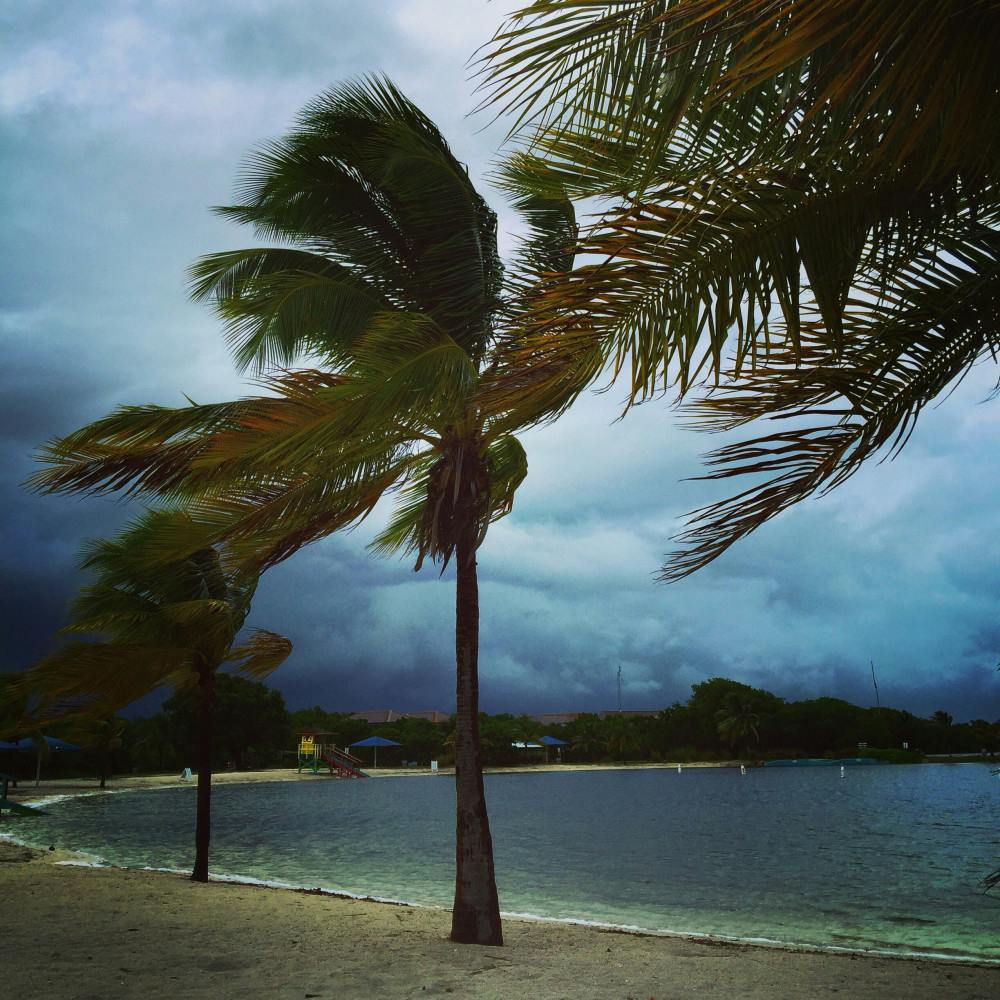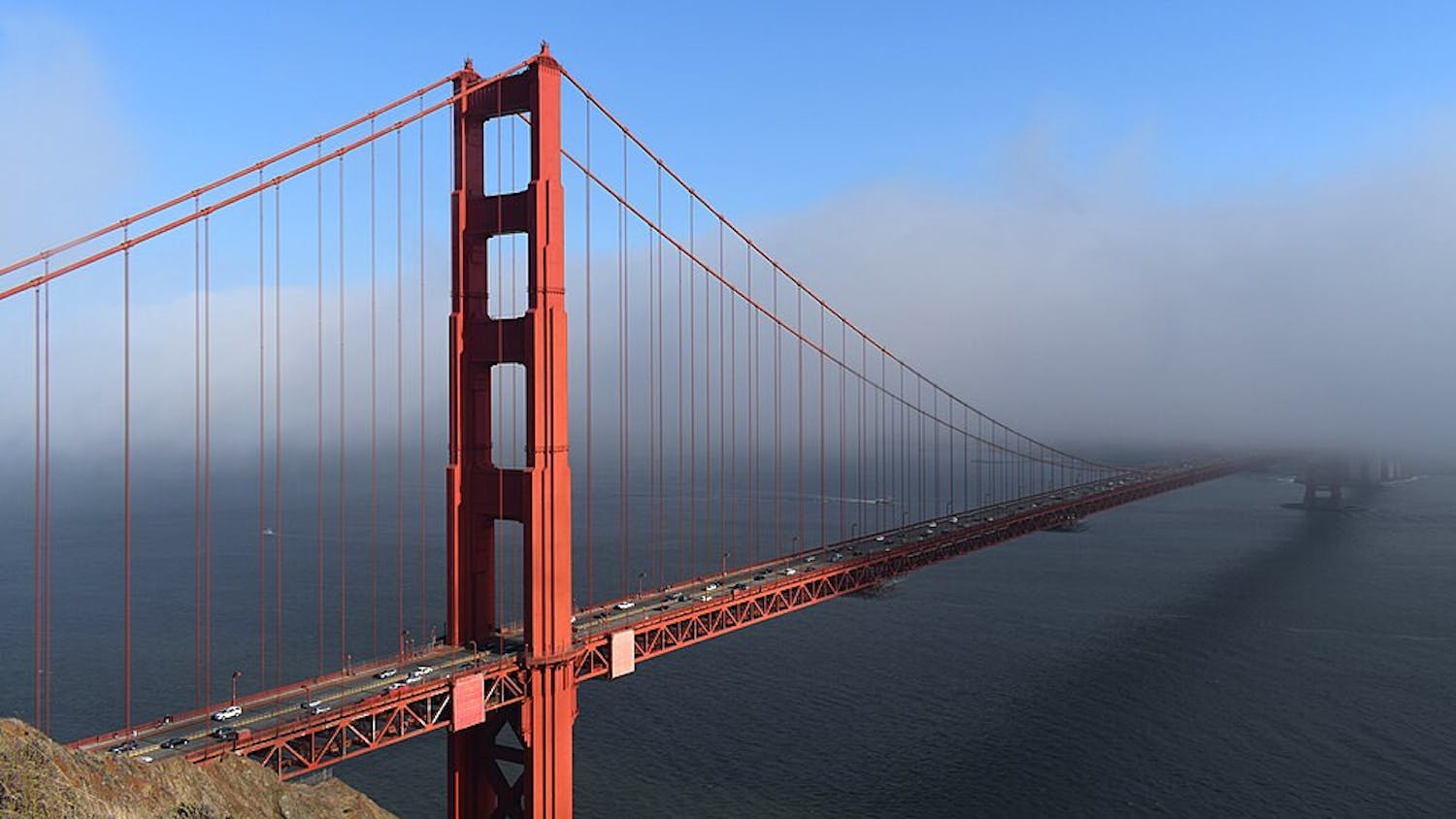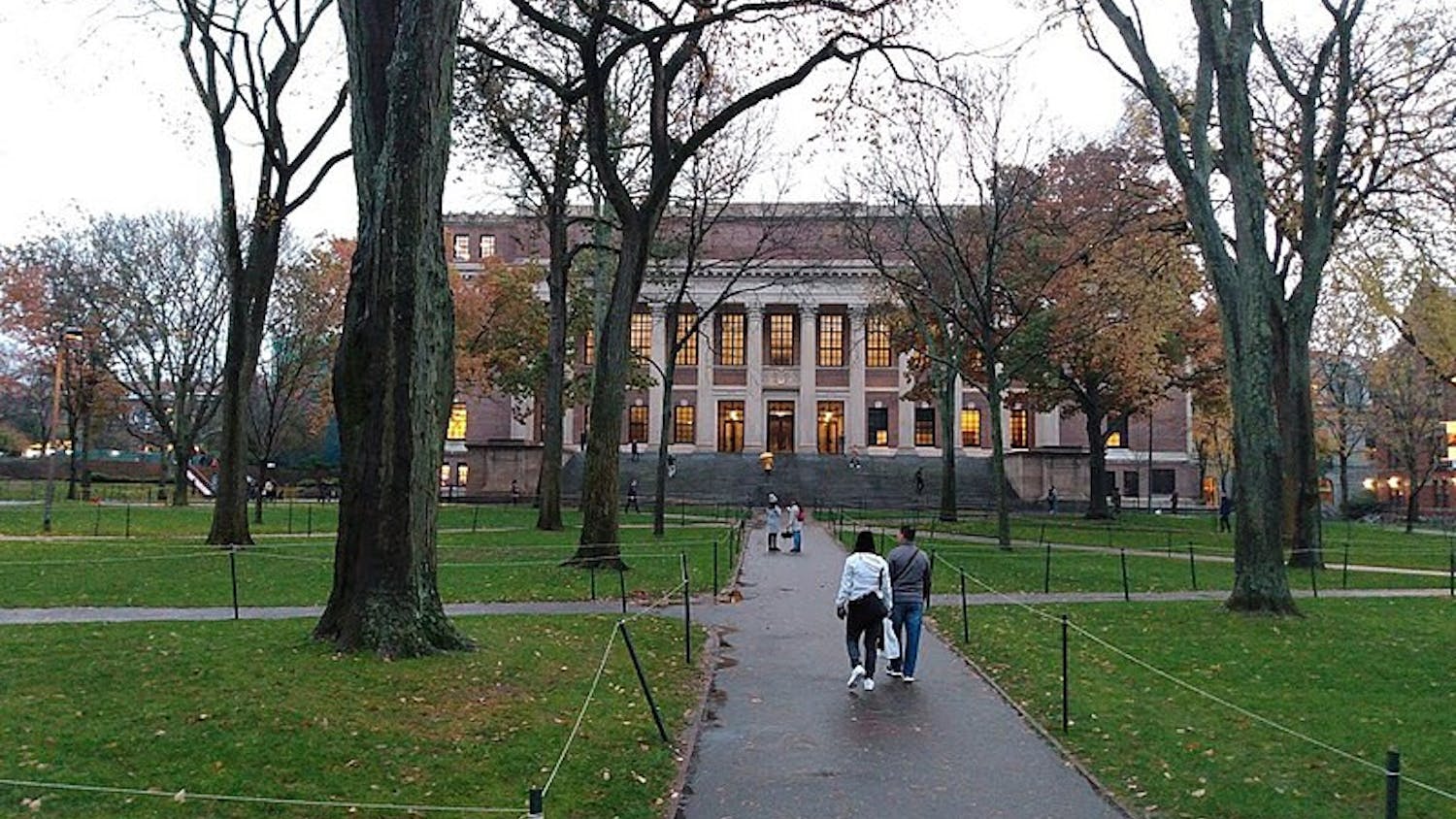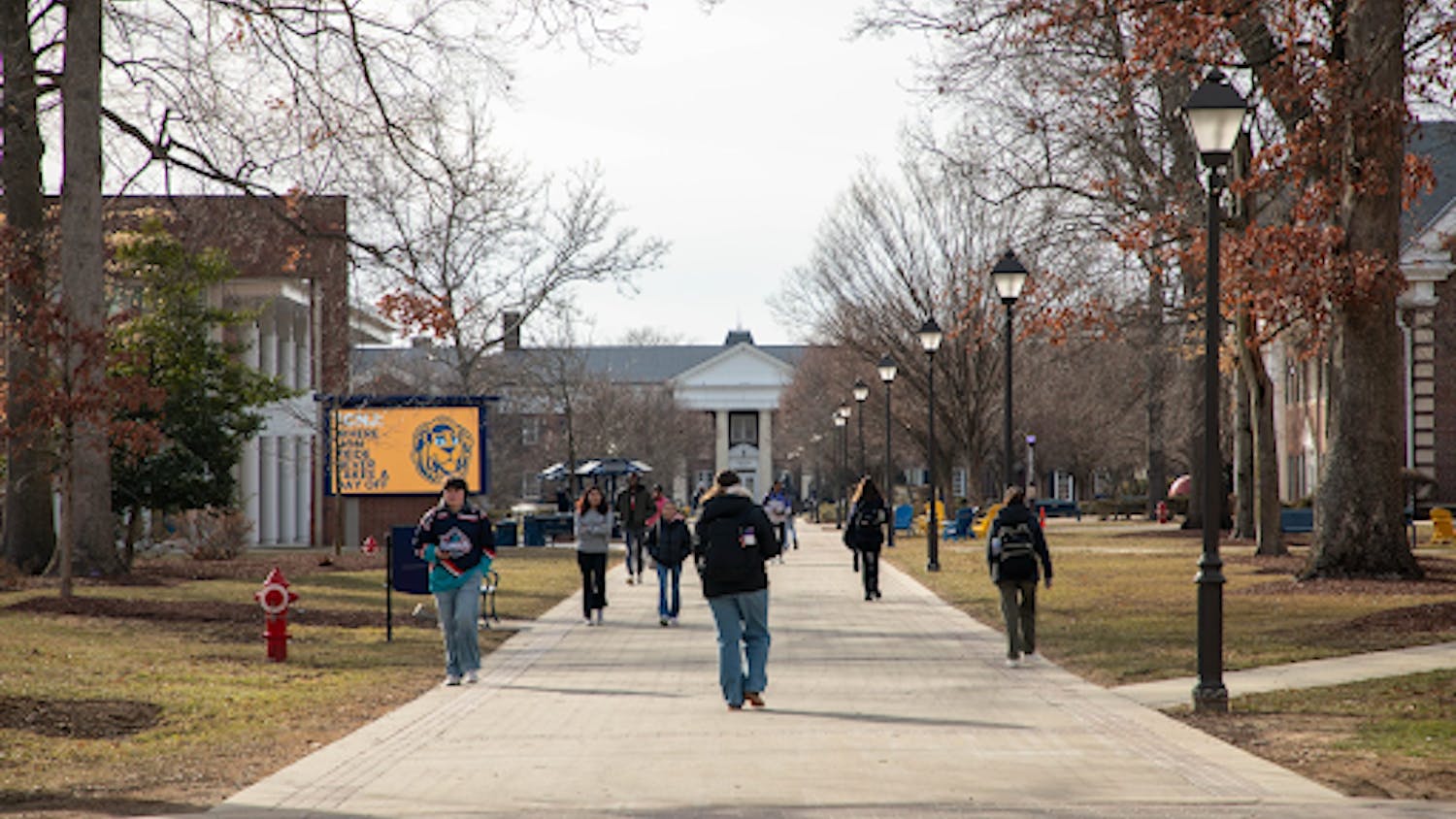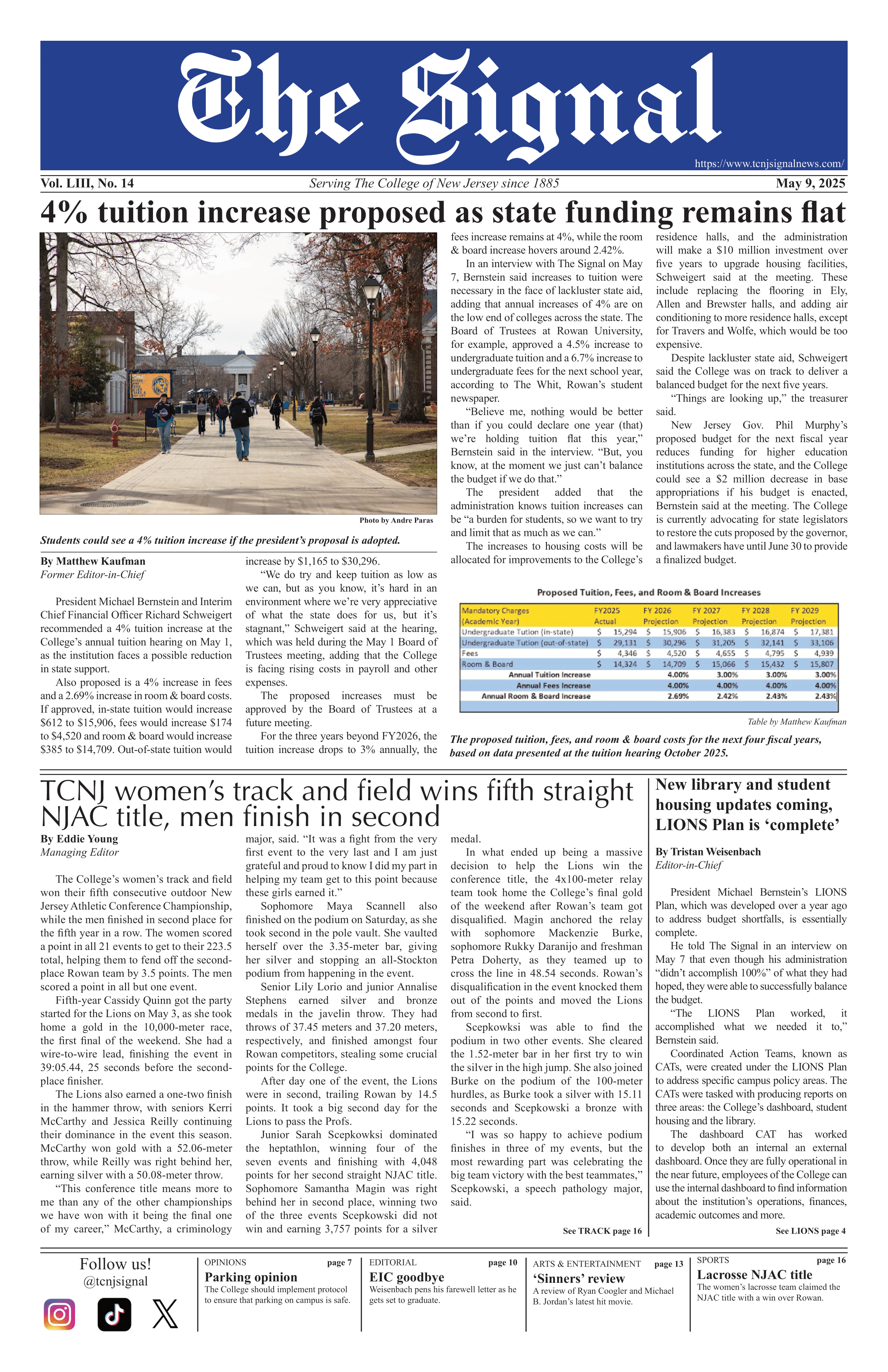By Joanne Kim
Correspondent
Hurricane Irma is coming close to causing destruction to Florida, Georgia and other states in its path. The winds from Irma started coming down on the Tampa Bay, Florida area during the evening of Sunday, Sept. 10, according to The New York Times.
Hurricane Irma has started heading north since early Sunday, Sept. 10. As the eye gets closer, it will only get more dangerous as it is accompanied by a deadly storm surge, according to The Washington Post.
CNBC reported that Hurricane Irma spanned the west coast from Tampa to St. Petersburg, Florida.

The winds from Irma started coming down on the Tampa Bay, Florida area (envato elements).
Hurricane Irma made its first landfall on Sunday, Sept. 10, at 9:10 a.m. at Cudjoe Key. The storm was moving at eight miles per hour, while winds blew close to 130 miles per hour. The second landfall occurred at Marco Island at 3:35 p.m. the same day, according to The Washington Post.
Tampa was hit the same Sunday late in the night. The wind reached up to 100 miles per hour, according to The New York Times.
St. Petersburg was hit with wind gusts up to 60 miles per hour on Sept. 10 as well, according to The Times.
Irma’s maximum sustained wind speed was 185 miles per hour. It came close to breaking the record set by Hurricane Allen with wind speeds up to 190 miles per hour, according to The Washington Post.
Hurricane Irma did break West Palm Beach’s rain record of 3 inches set in 1904 by an additional 1.18 inches however, according to Palm Beach Post.
Because of the heavy damage, 4.4 million Florida Power and Light customers were without power as of Sept. 13, according to NPR.
Victims may be without electricity for days or weeks, relying solely on phone battery to stay updated on the storm, according to The Times.
Due to the storm, more than 5 million people were trying to find a place to live as of Sept. 11, according to The Washington Post.
The American Red Cross, Airbnb, and Unicef were collecting donations for the victims of Hurricane Irma as of Sept. 11, according to NJ.com.
Recommended donations are water, non-perishable food, toiletries and cleaning supplies, according to the Atlanta Community Food Bank.
To help low income families in the path of Irma, the Georgia Division of Family and Children Services made food stamps available before schedule. Georgian recipients of the Supplemental Nutrition Assistance Program can access September benefits through electronics benefits transfer cards as of Sept. 11, according to The Atlanta Journal-Constitution.


